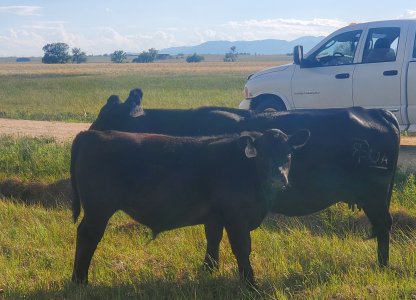FungusProudKY31
Well-known member
- Joined
- Oct 1, 2020
- Messages
- 363
- Reaction score
- 418
"Larger frames work great in the South/southeast. They don't work as well in the north. I'd be a lot more concerned with fleshing and EN value in a bull for a northern herd than frame."
Research is totally against you on this incorrect statement. Just the opposite.
Research is totally against you on this incorrect statement. Just the opposite.

